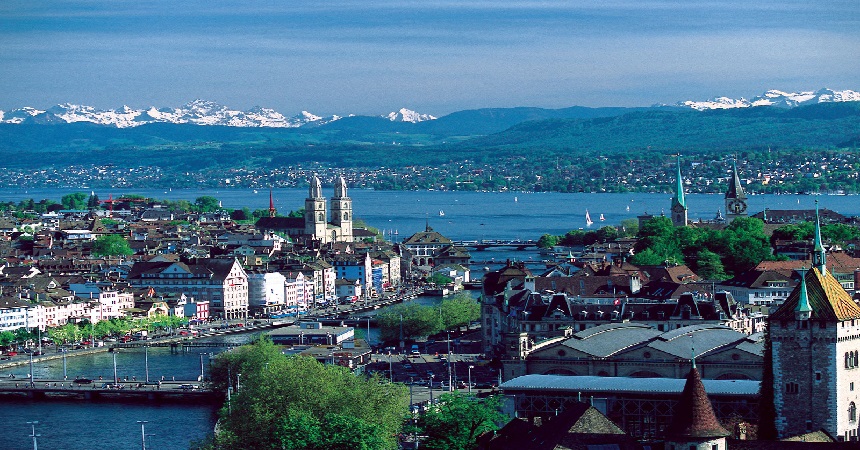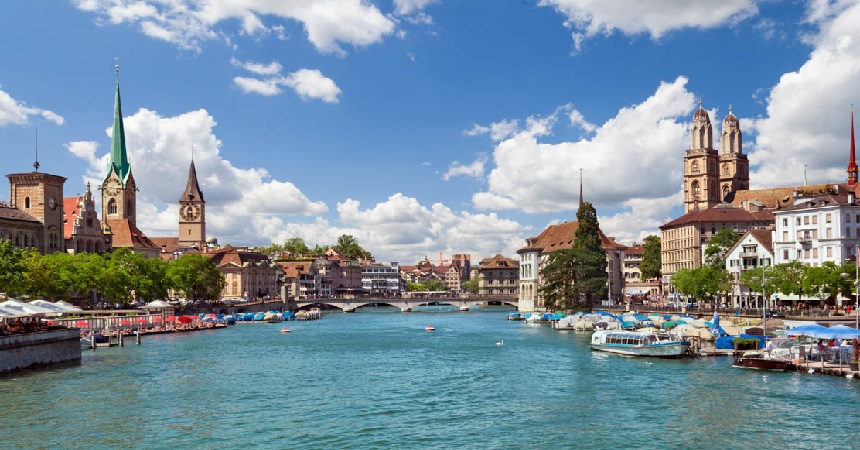Venue & Hospitality



About City
Zurich is the largest city in Switzerland and the capital of the canton of Zurich. It is located in north-central Switzerland. The official language of Zurich is German but the main spoken language is the local variant of the Alemannic Swiss German dialect, Zurich German. Most of Switzerland's research and development centres are concentrated in Zurich.
Switzerland ranks at or near the top globally in several metrics of national performance, including government transparency, civil liberties, quality of life, economic competitiveness, and human development. Zurich has been ranked among the top cities in the world in terms of quality of life according to Mercer.
Zurich is a hub for railways, roads, and air traffic. Both Zurich Airport and railway station are the largest and busiest in the country. Zurich is a mixed hub for railways, roads, and air traffic. Zurich Hauptbahnhof is the largest and busiest station in Switzerland and is an important railway hub in Europe. Public transport is extremely popular in Zurich, and its inhabitants use public transport in large numbers. About 70% of the visitors to the city use the tram or bus, and about half of the journeys take place on public transport.
Spring and autumn are generally cool to mild, but sometimes with large differences between warm and cold days even during the same year. The best time to visit Zurich is between June and August. Winter is Zurich's low season, but because the nearby Swiss Alps beckon to skiers and snowboarders it is also a good time to visit.
Zürich is situated at 408 m (1,339 ft) above sea level on the lower (northern) end of Lake Zürich (Zürichsee) about 30 kilometers (19 mi) north of the Alps, nestling between the wooded hills on the west and east side. The Old Town stretches on both sides of the Limmat, which flows from the lake, running northwards at first and then gradually turning into a curve to the west. The geographic (and historic) centre of the city is the Lindenhof, a small natural hill on the west bank of the Limmat, about 700 m (2,300 ft) north of where the river issues from Lake Zürich. Today the incorporated city stretches somewhat beyond the natural confines of the hills and includes some districts to the northeast in the Glatt Valley (Glattal) and to the north in the Limmat Valley (Limmattal). The boundaries of the older city are easy to recognize by the Schanzengraben canal. This artificial watercourse has been used for the construction of the third fortress in the 17th and 18th centuries.
Venue
Zurich, Switzerland
